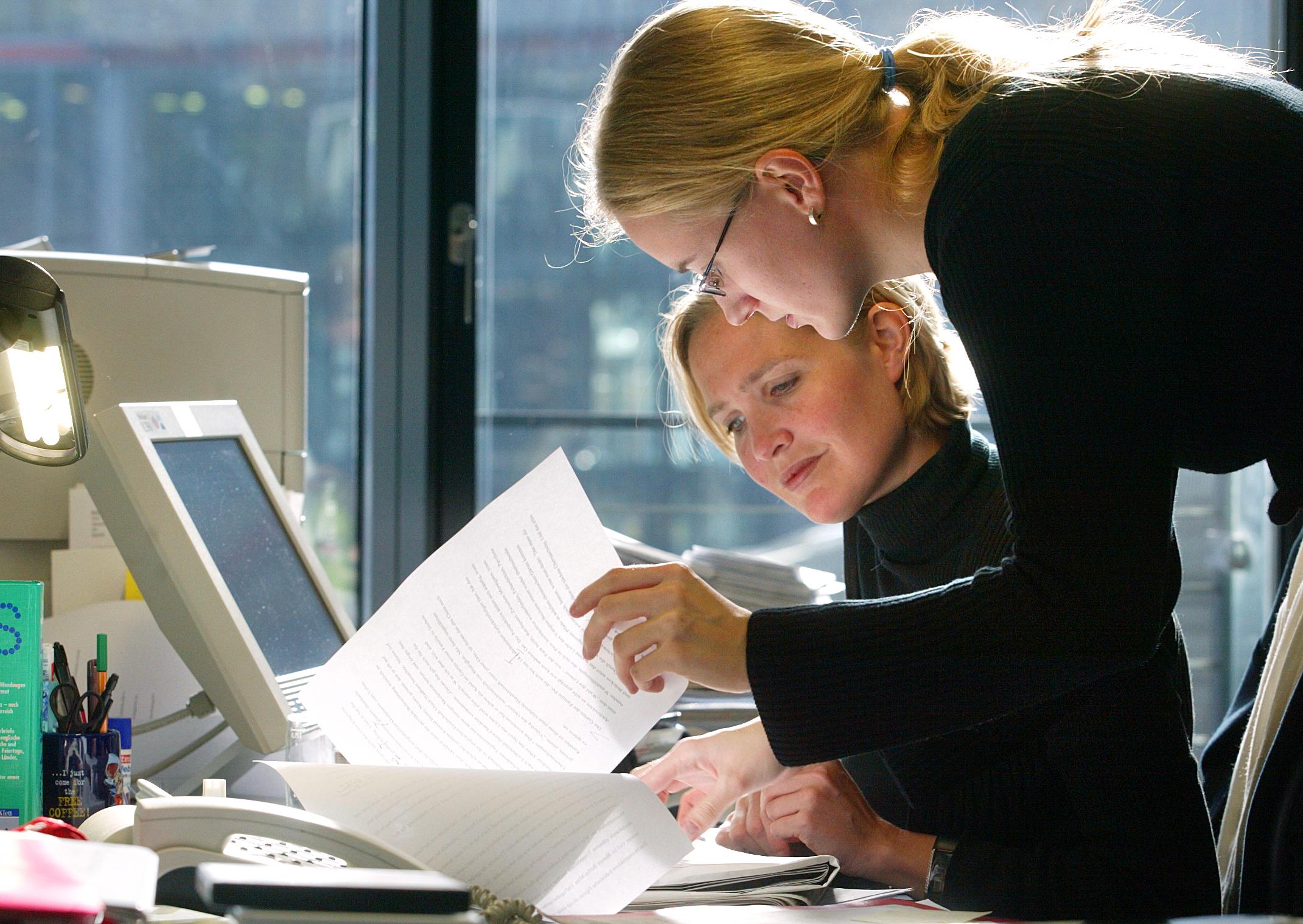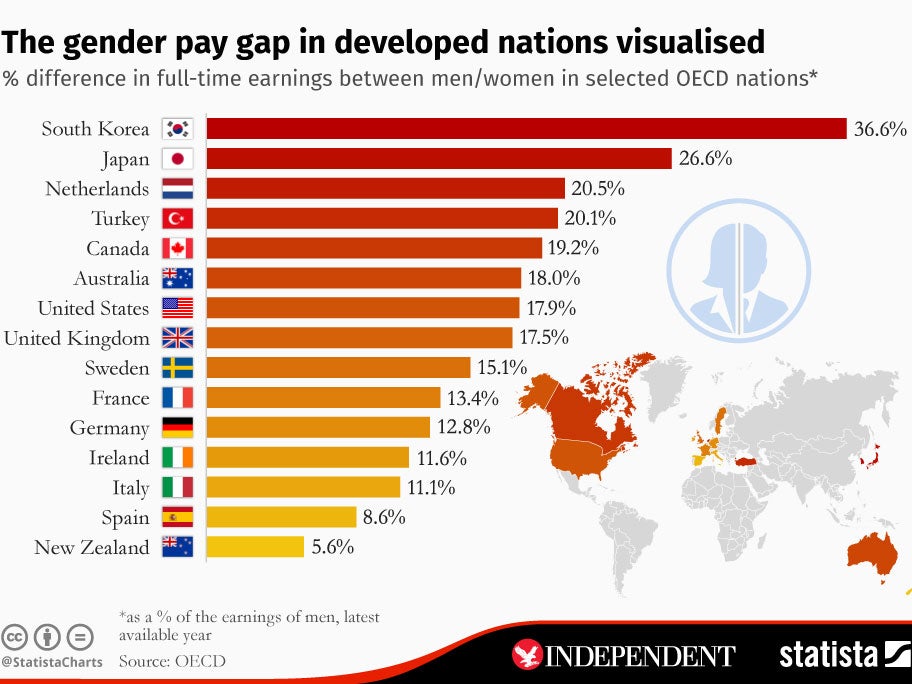Pay gap could make women ill, study finds
The risk of women who earn less money than men developing an anxiety disorder is more than four times higher

The pay gap wipes as much as $28 trillion off the global economy, according to some estimates. That's equivalent to 26 per cent of global GDP.
But it could also have a more sinister effect on the everyday lives of women.
The risk of women who earn less money than men developing an anxiety disorder is more than four times higher, Columbia University researchers found.

The study compares women and men with matching education and work experiences. Women earning less that their male counterparts were 2.5 times more likely to develop depression.
But when women's income equaled or exceeded men's, their odds of depression stood at similar levels and they had much less risk of developing an anxiety disorder.

Jonathan Platt, who led the research, said that the research showed that change has to come from a structural level, with hiring initiatives and changes to regulation.
Women earn 17.9 per cent less than men on average in the US, according to Statista, while in the UK the difference is 17.5 per cent. The gap gets wider in Asia and the Middle East.
“What the US really needs is a new law requiring employers … to compare the content of women’s and men’s jobs and develop a fair pay scale,” Heidi Hartmann, president of the Institute for Women’s Policy Research in Washington, told the World Economics Forum.
The World Economics Forum meets at Davos this week to discuss pressing issues on the business agenda, including the gender inequality. But women are woefully under-represented at the conference itself. Just one in five attendees are women, many of whom are there because of the introduction of a gender quota in 2011.
Join our commenting forum
Join thought-provoking conversations, follow other Independent readers and see their replies
Comments